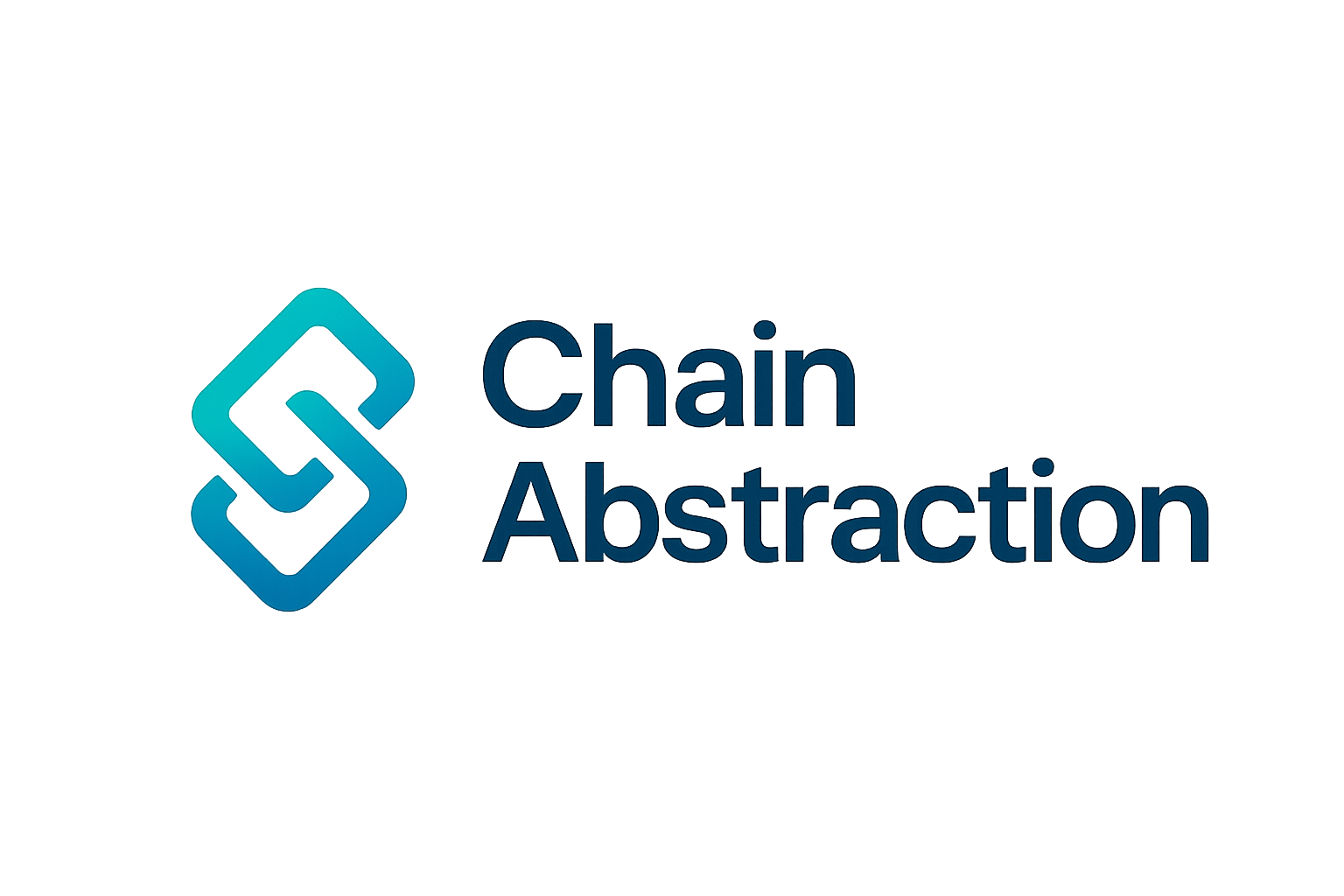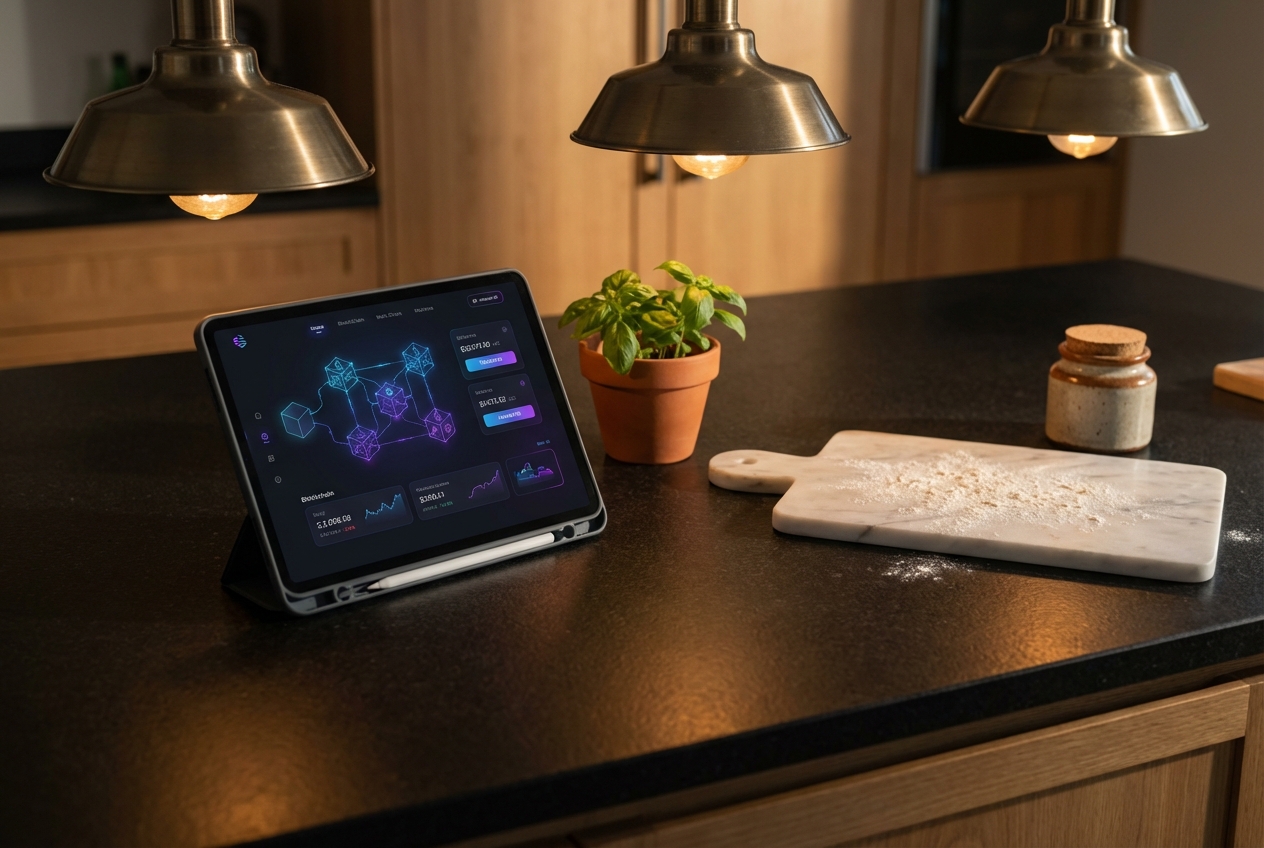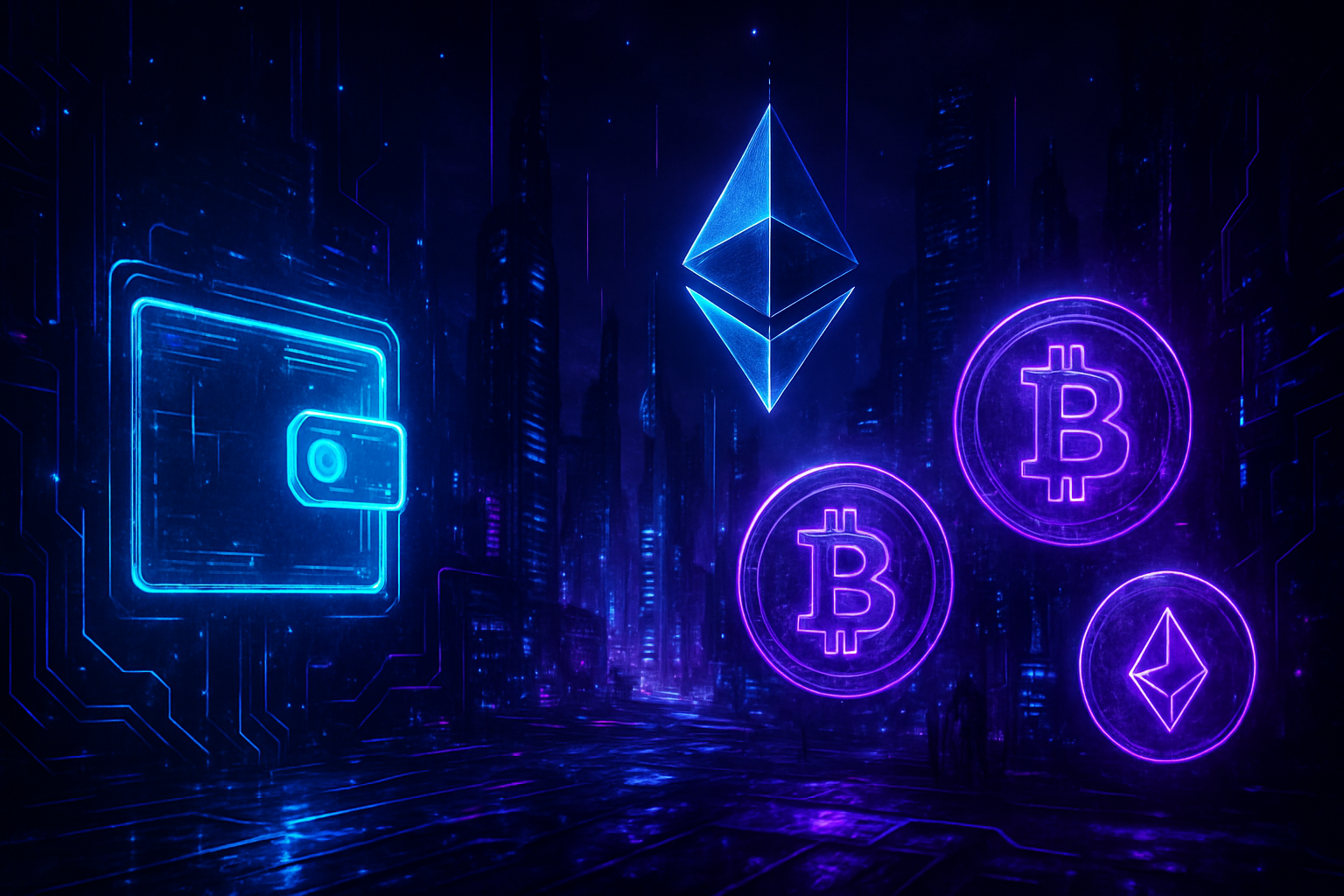
In 2025, the world of decentralized finance (DeFi) is finally catching up with user expectations. The days of juggling multiple wallets, navigating confusing bridges, and worrying about network compatibility are rapidly fading. Thanks to unified wallets, cross-chain DeFi is more approachable than ever, no matter your experience level. But what exactly has changed, and why are these new wallet solutions making such a splash?

The Cross-Chain Problem: Why Fragmentation Held DeFi Back
Ask any long-time DeFi user about their biggest pain points, and you’ll hear the same story: managing assets across blockchains was a nightmare. Each network came with its own wallet app, unique address format, gas fee system, and bridge protocols for moving tokens around. Even simple activities like swapping a token or checking your full portfolio meant switching tabs or even devices.
This fragmentation didn’t just frustrate power users, it actively discouraged newcomers. As highlighted in Blockchain Interoperability 2025, the complexity of managing multiple wallets was one of the main barriers to mass adoption. Inconsistent interfaces led to mistakes, while the risk of sending funds to the wrong chain or losing track of assets was ever-present.
Unified Wallets: The Seamless Crypto Experience Arrives
Enter unified wallets, the game-changer for cross-chain asset management. These platforms combine support for dozens of networks into a single interface, abstracting away technical headaches while putting the user front and center.
- Multi-chain asset visibility: See your Ethereum NFTs next to your Solana tokens and Bitcoin holdings in one dashboard.
- Integrated cross-chain swaps: Move value between networks without leaving the wallet or relying on risky third-party bridges.
- Automated gas optimization: No more manual fee tweaking, wallets suggest optimal fees based on live network conditions.
The result? A seamless crypto experience that finally lives up to Web2 standards for usability, without sacrificing self-custody or security.
Top Features Users Love in Unified Crypto Wallets (2025)
-
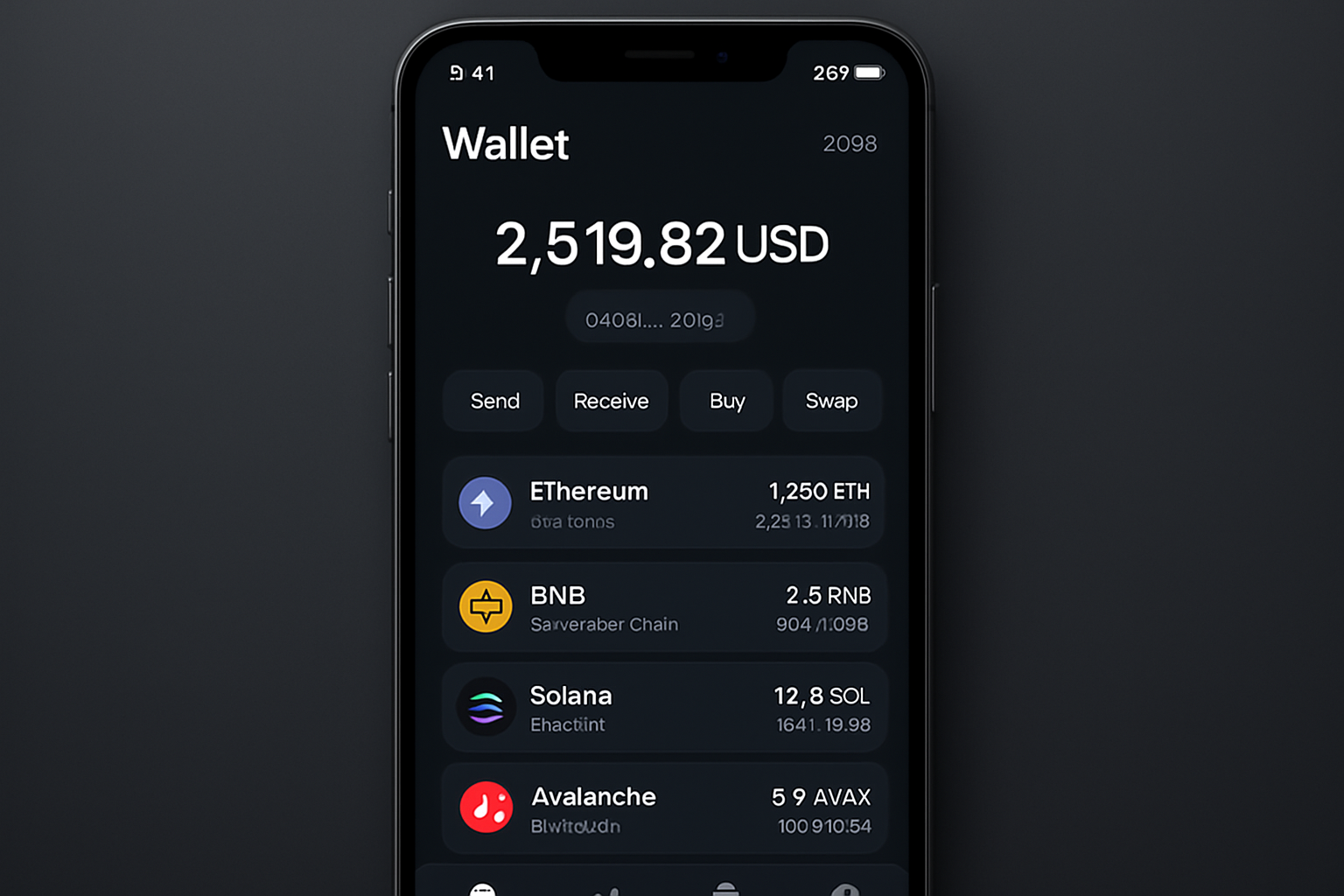
Seamless Cross-Chain Asset Management: Manage and track assets across 30+ blockchains—including Ethereum, BNB Chain, Solana, and Bitcoin—in a single, unified interface. No more juggling multiple wallets or apps.
-
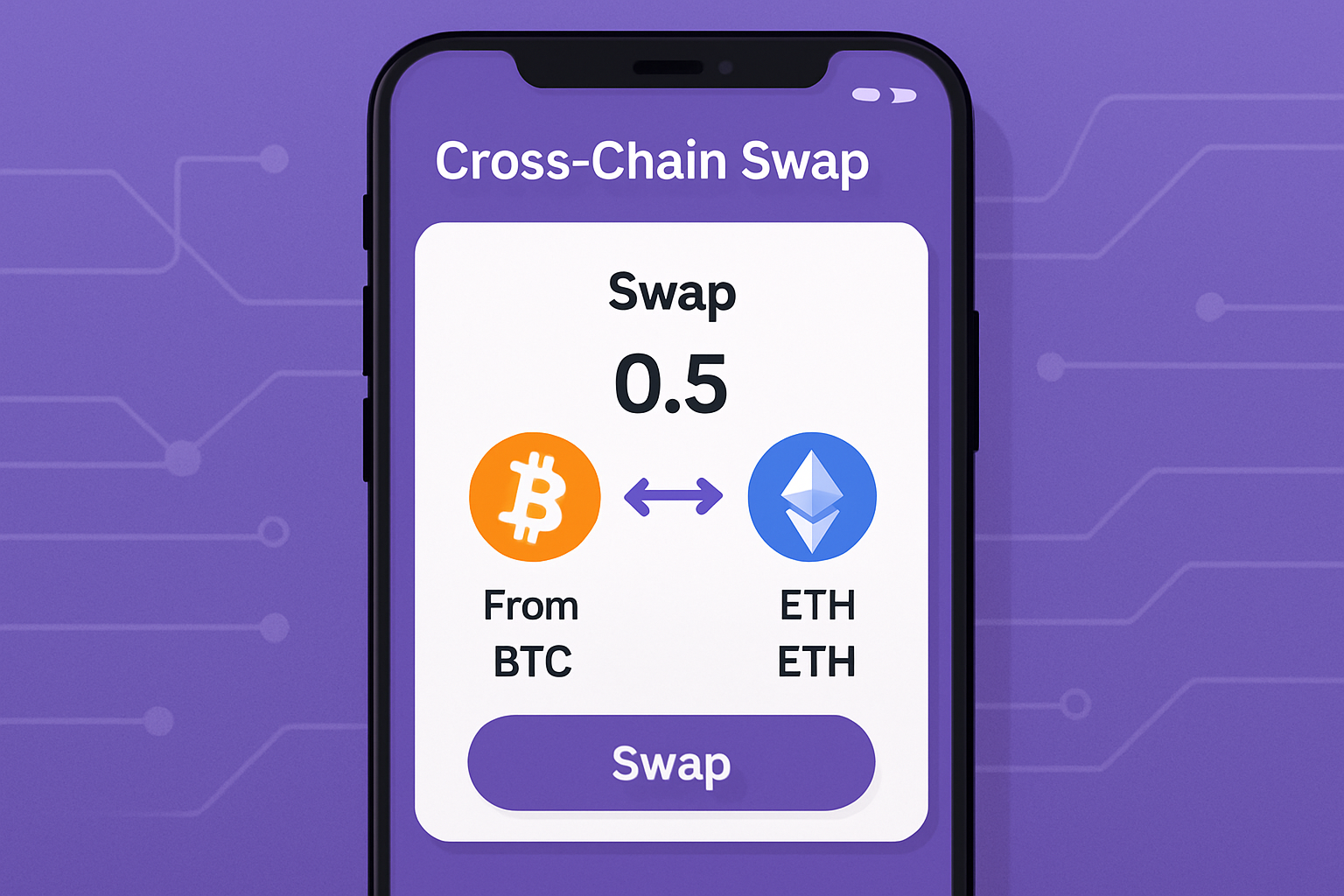
Integrated Swaps & Native Bridge Routing: Instantly swap tokens or bridge assets between networks directly within the wallet. Smart routing algorithms ensure transactions are fast and cost-effective, eliminating the need for third-party bridges.
-
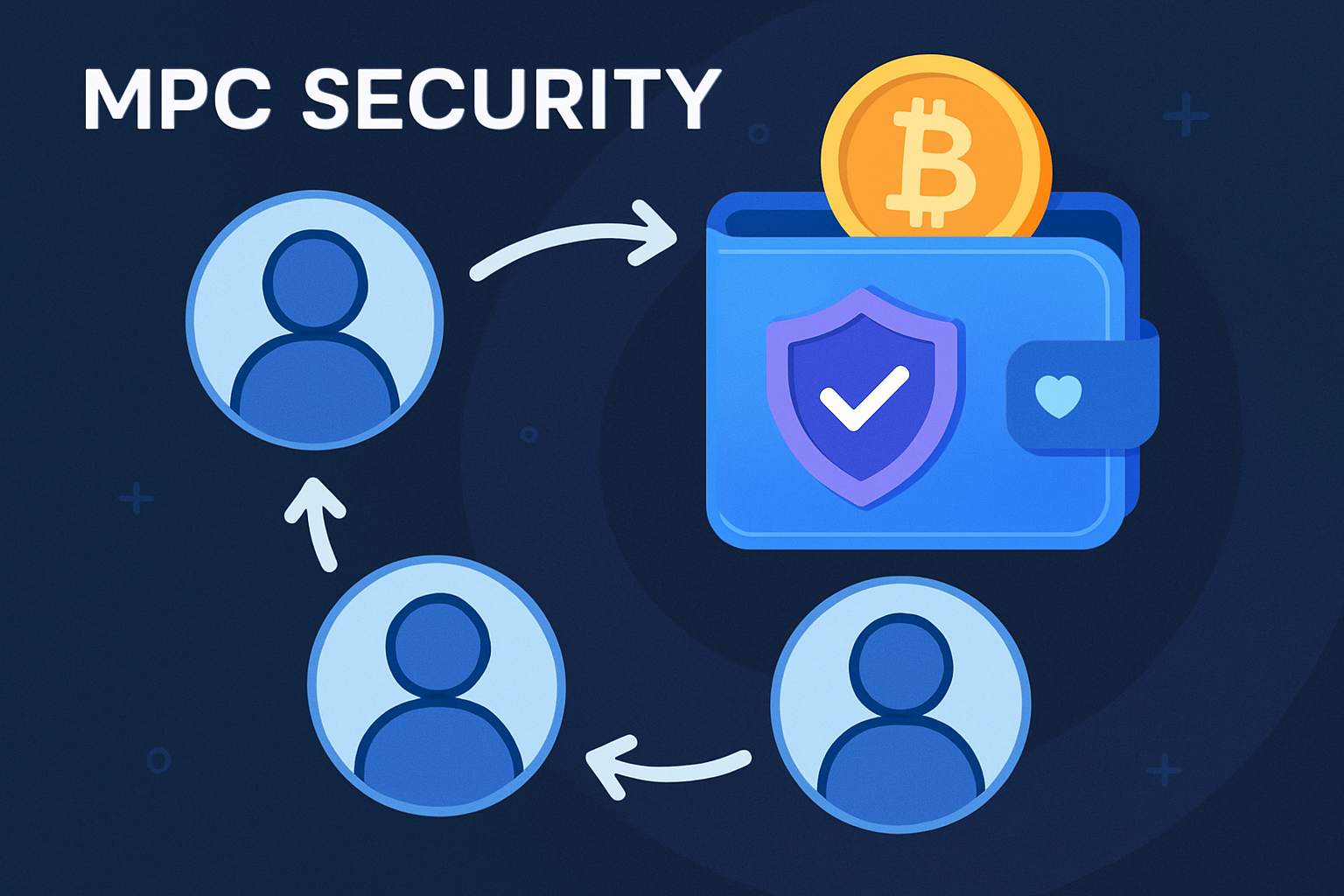
Enterprise-Grade Security with MPC: Enjoy Multi-Party Computation (MPC) technology, ensuring private keys are never fully exposed or stored in one place. This adds a robust layer of security while maintaining user control.
-
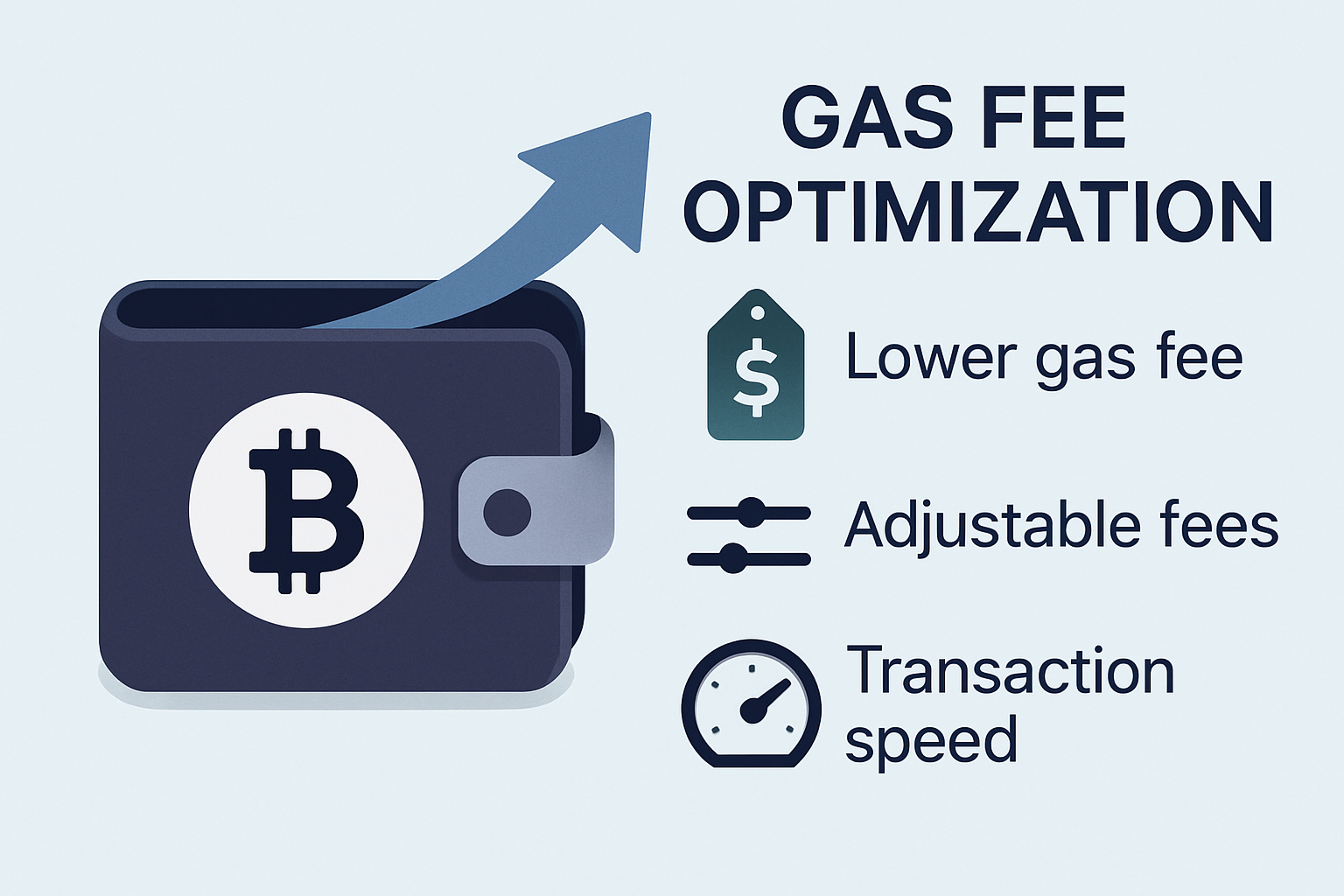
Automated Gas Fee Optimization: Benefit from automatic fee recommendations based on real-time network conditions, helping users avoid overpaying and reducing failed transactions on busy blockchains.
-
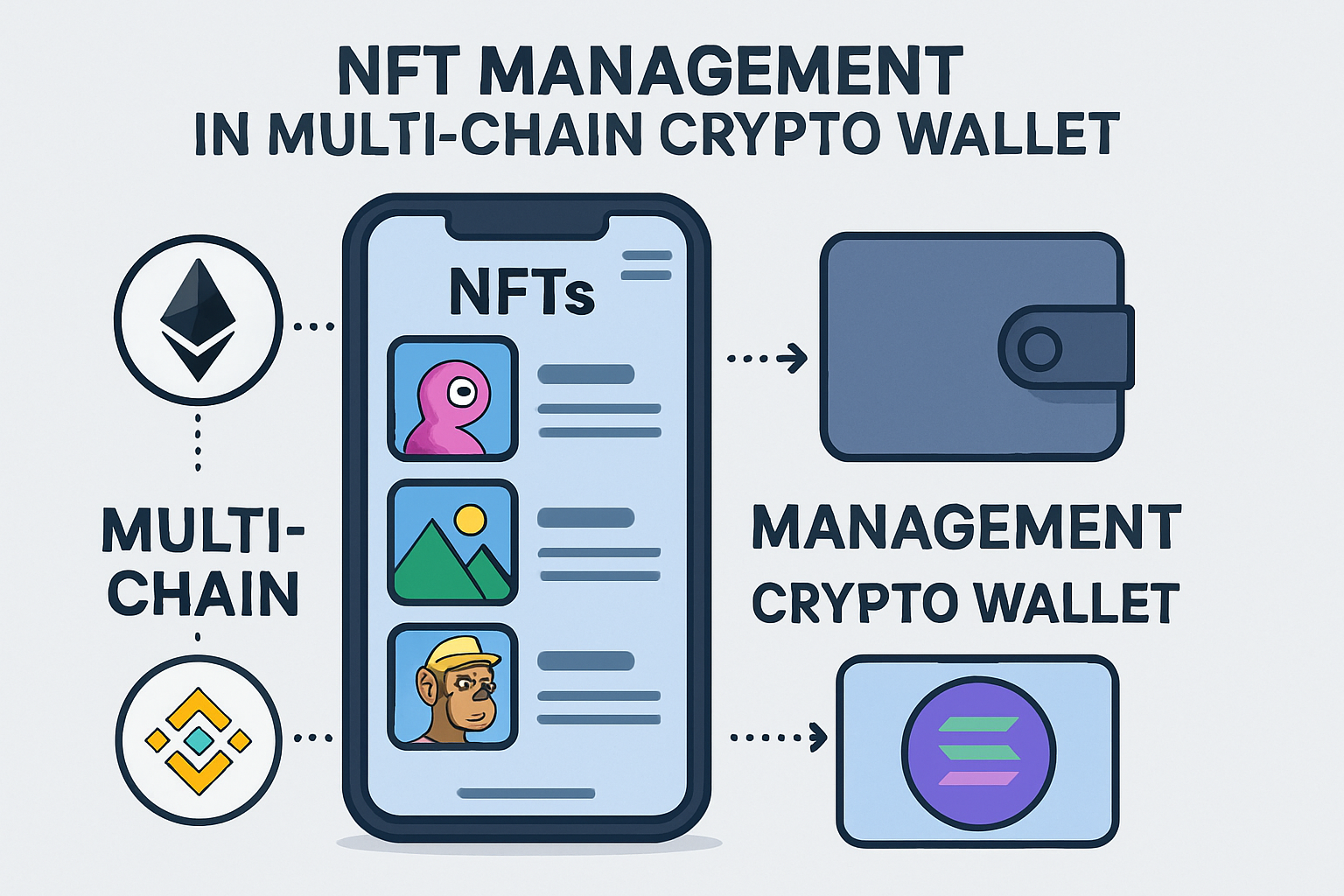
Unified NFT and Token Support: View, manage, and transfer both fungible tokens and NFTs from multiple chains in one wallet. No need for separate NFT apps or tools.
-
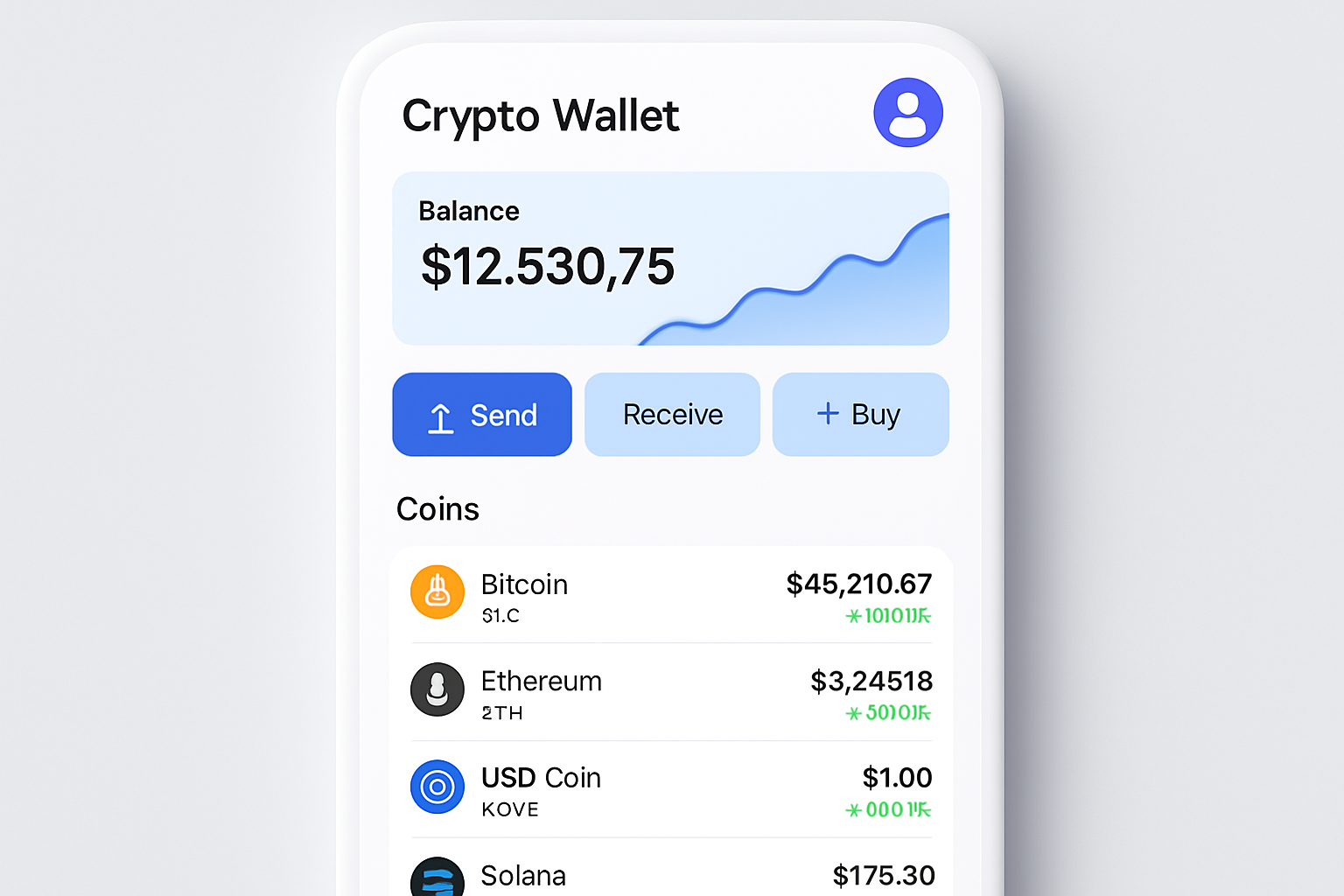
Simplified, Intuitive User Interface: Experience a user-friendly design that abstracts away blockchain complexities, making DeFi accessible to newcomers and seasoned users alike.
-
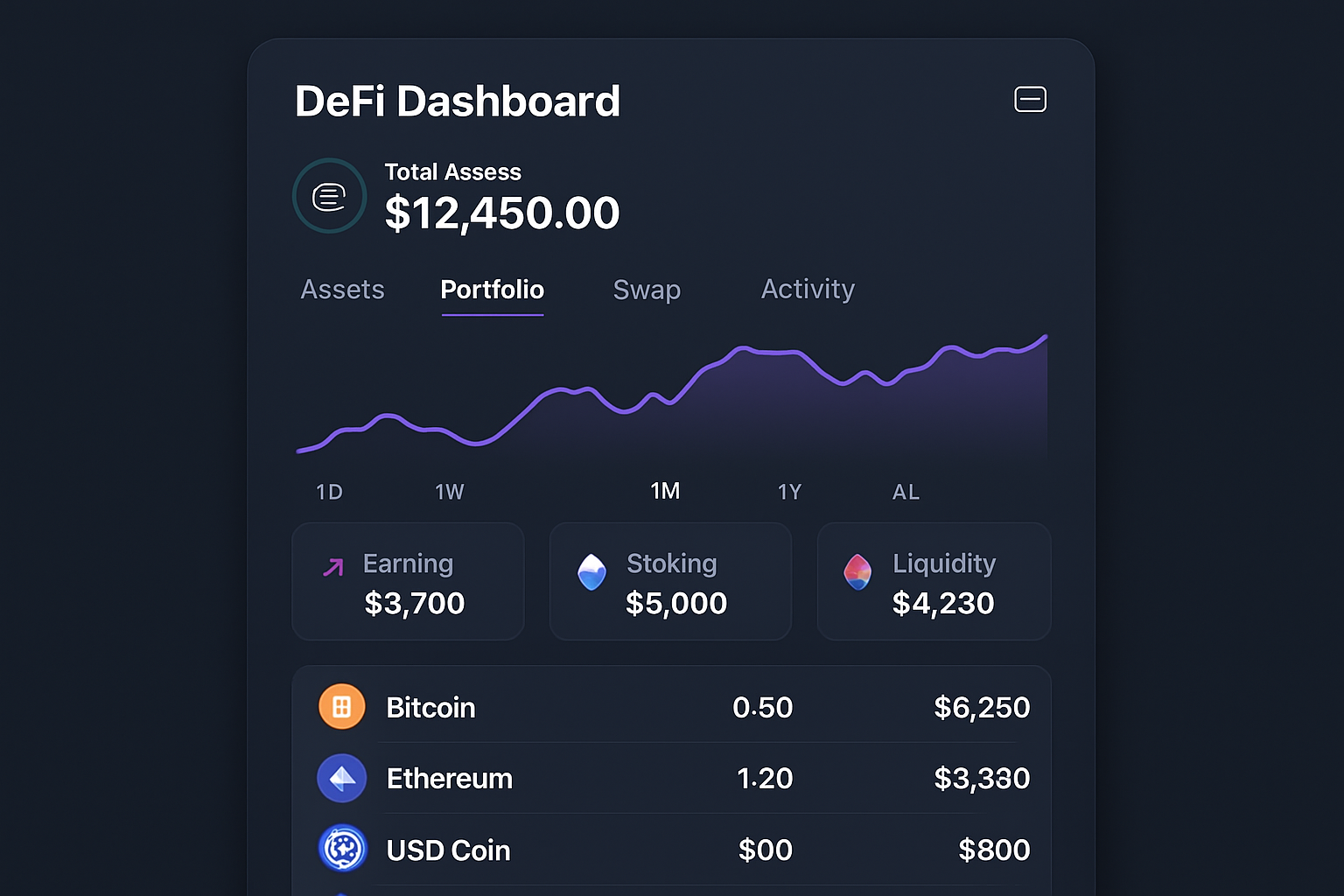
All-in-One DeFi Access: Access lending, borrowing, staking, and yield farming without leaving the wallet. Unified wallets integrate with top DeFi protocols, streamlining your entire crypto journey.
Pillars of Next-Gen Multi-Chain Wallet UX
The leap forward isn’t just about connecting blockchains, it’s about making every interaction feel natural and secure. Here’s how today’s best decentralized wallet solutions are achieving this:
- MPC Security: Multi-party computation ensures private keys are never fully exposed or stored in one place, critical for both individuals and enterprises managing large sums.
- NFT and Token Compatibility: Unified wallets now support standard NFT formats across chains, letting users view collectibles alongside fungible tokens in a single gallery view.
- dApp Interoperability: With chain abstraction layers built-in, users can interact with dApps on any supported network without manual network switching or repeated approvals.
This focus on intuitive design is paying off. According to recent surveys and community feedback, users report fewer failed transactions and greater confidence when navigating DeFi protocols, especially when compared to legacy multi-wallet setups from just two years ago.
The Impact: Cross-Chain DeFi Adoption Accelerates
The numbers speak volumes. Platforms like PUM Exchange now support over 30 blockchains within their unified wallet environment, a stark contrast to siloed solutions that dominated as recently as early 2023. This broad compatibility means users can lend on Ethereum Layer-2s, swap on Solana DEXes, or stake TRON tokens without ever leaving their main wallet app.
This isn’t just interoperability for its own sake; it’s about empowering users with true flexibility while removing friction points that have long stifled growth in decentralized finance. As noted by industry analysts at rzlt. io and Calibraint, “multi-currency” wallets aren’t just convenient, they’re shaping the foundation for mainstream adoption by making complex tasks simple enough for anyone to navigate confidently.
Unified wallets are also redefining what it means to be a DeFi participant. Whether you’re a seasoned yield farmer or a first-time NFT collector, the learning curve has flattened dramatically. The ability to view, trade, and manage assets from dozens of networks in one place is more than a convenience, it’s a paradigm shift for financial self-sovereignty.
We’re seeing new DeFi primitives emerge that leverage this seamless interoperability. For example, unified USDC balances across chains let users deploy liquidity wherever yields are highest, no more pre-positioning or rebalancing headaches. Protocols like Radiant Capital have capitalized on this by offering cross-chain lending and borrowing with single-click collateral management, all inside the same wallet interface.
What’s Next? The Road Ahead for Chain Abstraction UX
The momentum behind chain abstraction isn’t slowing down. As wallets continue to abstract away the technical details, expect even more features that anticipate user needs before they arise:
- Context-aware dApp suggestions: Wallets will soon recommend dApps based on your assets and activity across chains, making discovery effortless.
- Universal transaction history: No more piecing together your crypto activity from multiple explorers, unified wallets aggregate everything into a single timeline.
- Automated compliance tools: For power users and enterprises, next-gen wallets will offer built-in tax reporting and regulatory filters that work across jurisdictions and networks.
This is about more than just convenience; it’s about lowering the barrier to entry for millions of potential DeFi users globally. Chain abstraction UX is making decentralized finance feel less like an experiment and more like an essential tool for everyday life. If you’re interested in how these breakthroughs are shaping asset management specifically, check out our deeper dive on unified crypto wallets for cross-chain asset management.
What’s the most important feature in your unified wallet experience?
Unified wallets are transforming DeFi in 2025 by making it easier to manage assets, swap tokens, and interact across multiple blockchains—all in one place. Which feature matters most to you when choosing a unified wallet?
Why Unified Wallets Are Here to Stay
The rise of unified crypto wallet solutions in 2025 isn’t just another passing trend, it’s a response to real user pain points that held back DeFi for years. By prioritizing multi-chain wallet UX and robust security without sacrificing usability, these platforms are setting new standards for decentralized wallet solutions worldwide.
If you’ve been waiting for DeFi to finally become as intuitive as your favorite banking app, or if you’re ready to explore new protocols without worrying about network compatibility, now is the perfect time to try a unified wallet yourself. The future of cross-chain asset management is here, and it’s never been easier to take control of your digital wealth.
